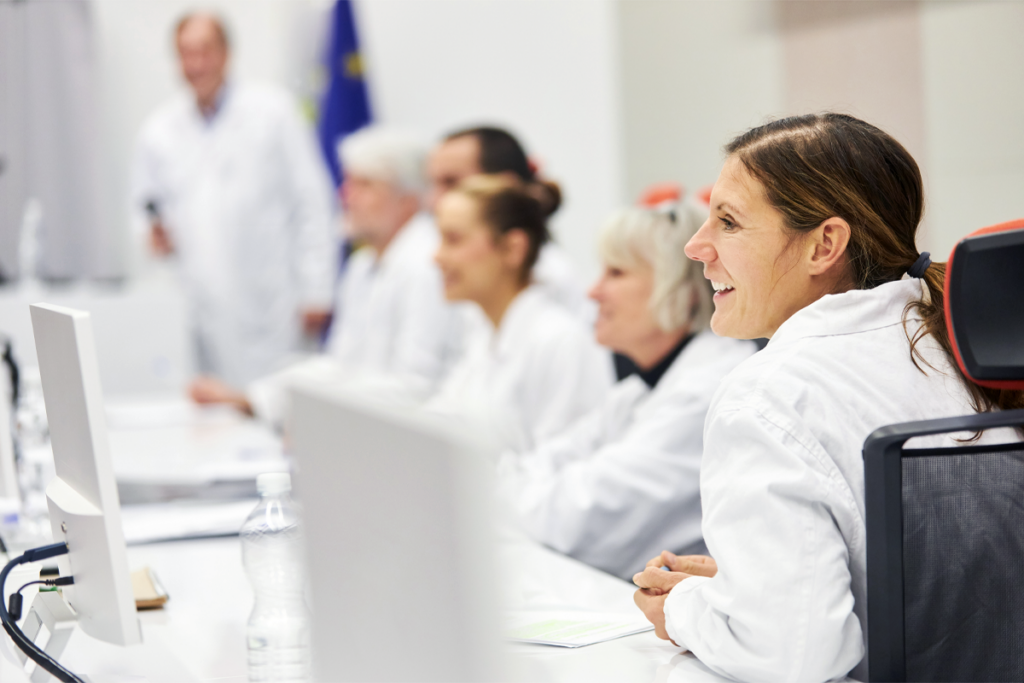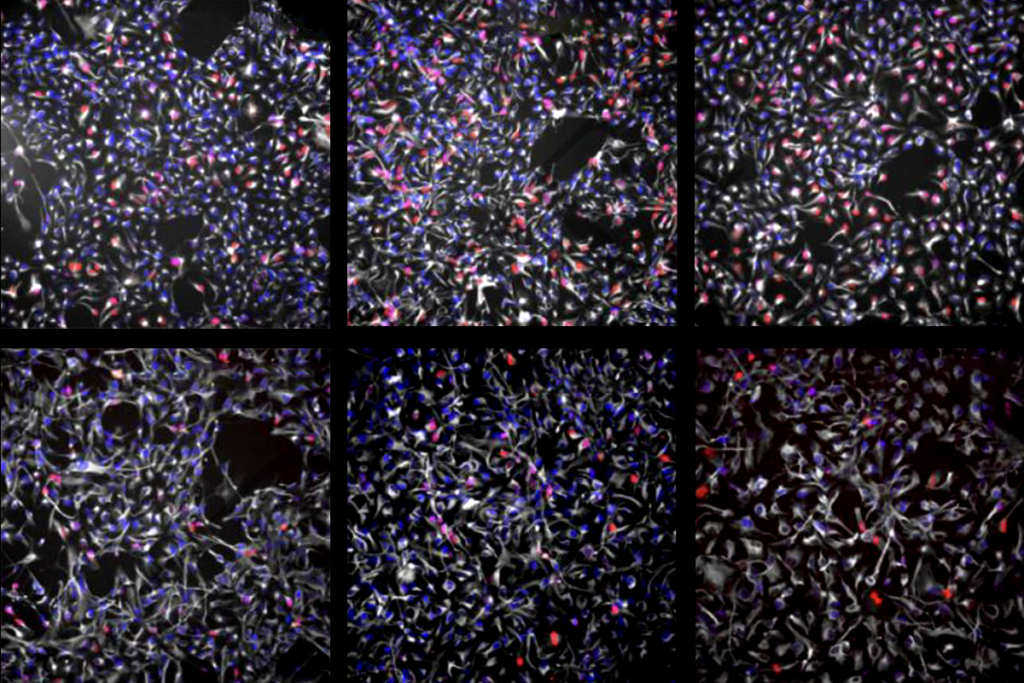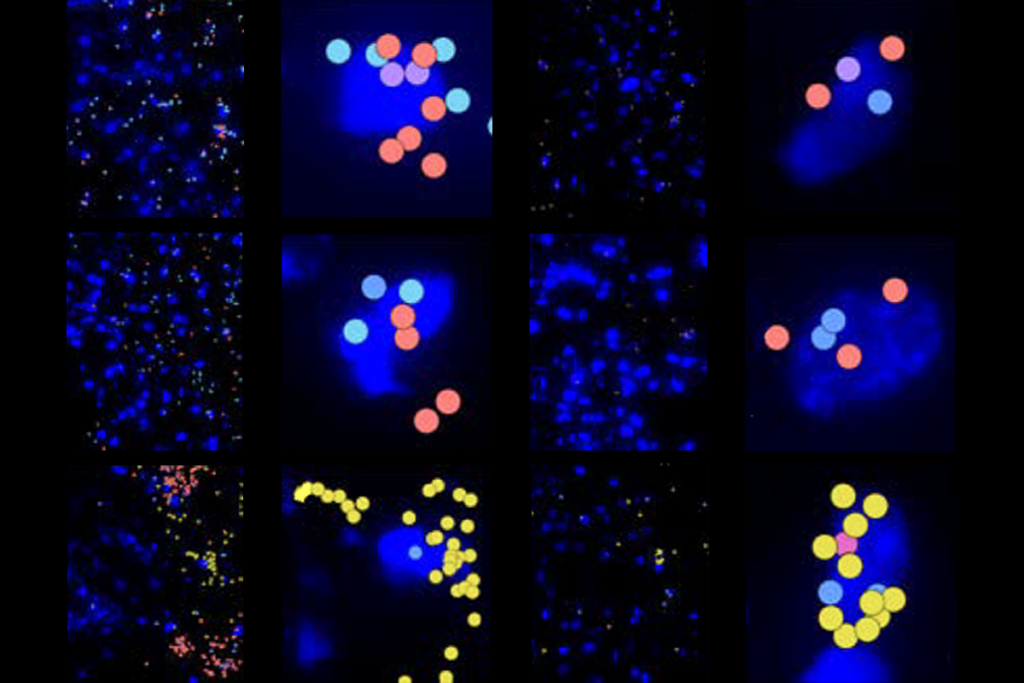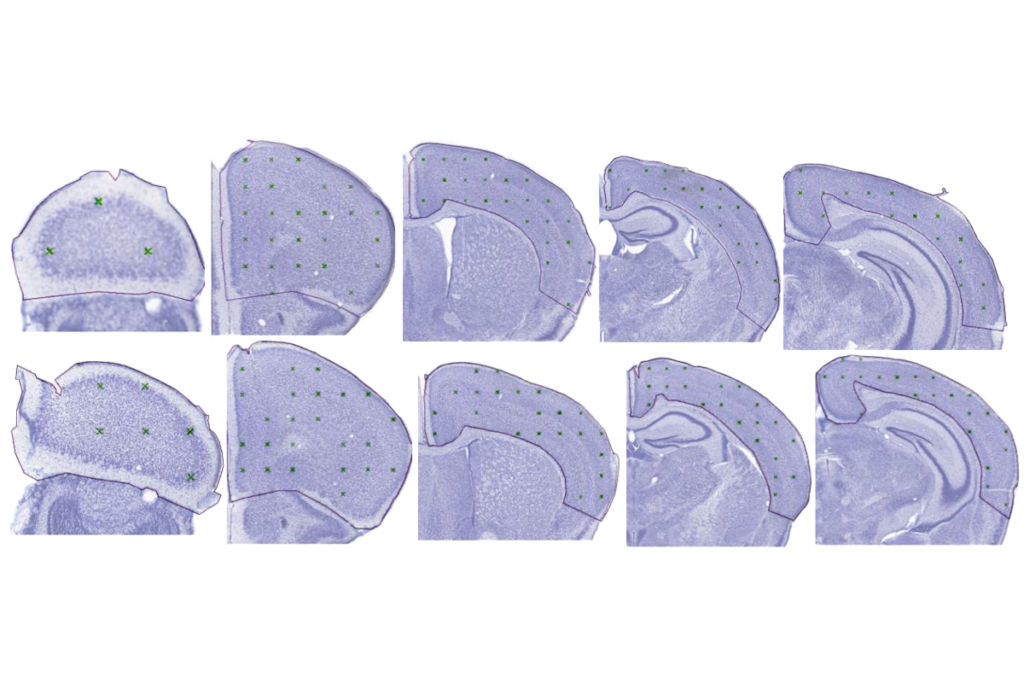As wearable sensors have become lighter and cheaper, they have found their way into a range of fitness trackers and health apps. They monitor our movement and record our heart rhythms. They can even gauge the quality of our sleep. For autism researchers, wearable sensors are providing a novel way to track early development. Click on the image above to watch this video report.
Video: Wearable sensors pick up early signs of autism
Audio and motion-sensor recordings offer a remote window into a baby’s first years and make it easier for families to participate in research.
By
Katie Moisse
30 August 2021 | 4 min watch
tags:
Recommended reading

INSAR takes ‘intentional break’ from annual summer webinar series
By
Lauren Schenkman
30 June 2025 | 4 min read

Dosage of X or Y chromosome relates to distinct outcomes; and more
By
Daisy Yuhas
24 June 2025 | 2 min read
Explore more from The Transmitter

Machine learning spots neural progenitors in adult human brains
By
Claudia López Lloreda
3 July 2025 | 7 min listen
Xiao-Jing Wang outlines the future of theoretical neuroscience
By
Paul Middlebrooks
2 July 2025 | 112 min listen

Memory study sparks debate over statistical methods
By
Katie Moisse
2 July 2025 | 5 min read
Cite this article:
